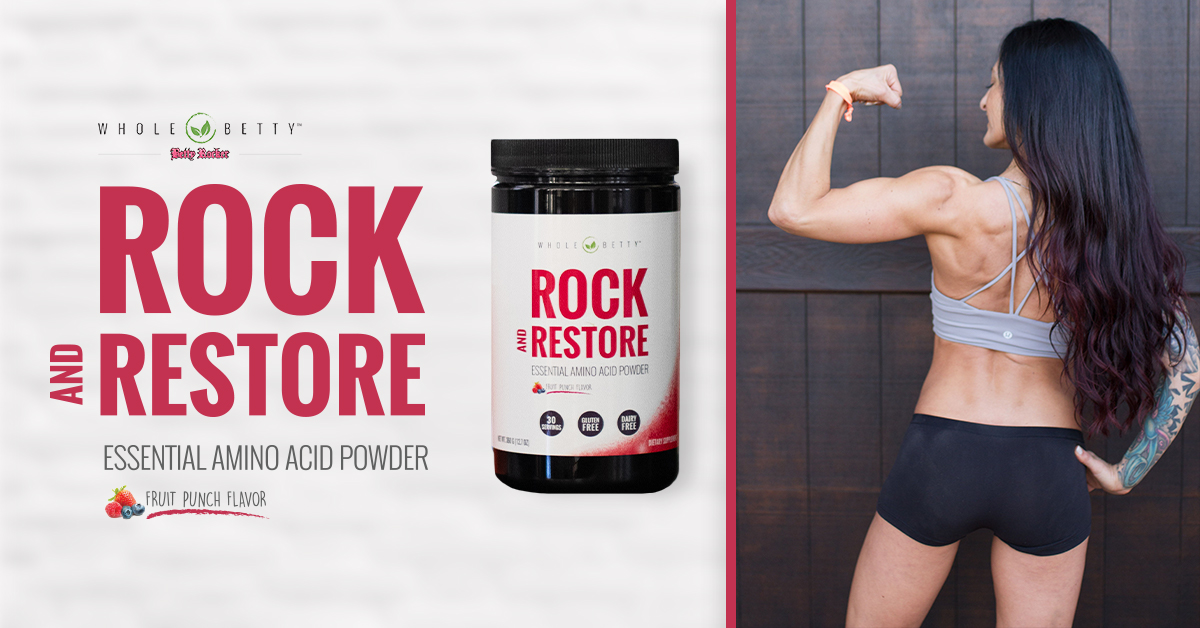
Pull-ups are a great strengthening move that work the muscles in our shoulders, biceps, back and core.
Whether you’ve ever wanted to do pull ups, or just work on strengthening your back and arms, I put together a tutorial for you to show you how to build yourself up to doing them with lots of fun variations.
I’ve included things like assisted pull ups with different amounts of support, straight arm bar hangs, negatives (that’s where you pull yourself up and hold at the top, lowering down slowly), and a floor exercise that builds up your back and arm strength that I use all the time in my upper body workouts. Plus, a quick overview of the chin up, and how it’s different from a pull up.
The best way to get stronger with pull ups is to practice them. If I don’t practice them for a few weeks, I lose my progress and typically have to rebuild again using one of these options. I find it really fun to master this move, and to work my way up to being able to do them fully unassisted.
There is a lot involved in a pull up that goes beyond working our back and arms, like core strength and grip strength. Having a strong core helps protect your back, your ability to balance, and supports all the movements we make with our arms and legs. And grip strength is an important indicator of our overall health and longevity, so doing things like bar hangs can be a great way to work on it. Not to mention, just hanging from a bar feels great, and decompresses the spine.
Join me for this 10 minute tutorial, and let me know how it goes!
Pull Up Progressions
Click to expand and see all workout move descriptionsPull ups are a really challenging move, but here are some fun ways you can progressively work on them:
1. Prone Towel Pull Downs
-
- Fantastic for developing the back.
- Apply tension to your towel (or band), pulling it apart as you pull it down. Keep your core braced and don’t arch your back, toes stay down on the floor (I do these regularly).
2. Hanging
-
- Hanging is a great way to decompress your spine, work on grip strength, and get us ready for pull ups.
- Using an assistance band is really helpful so you can rest some of your weight in the band as you get stronger.
3. Bent Arm Hanging
-
- Practice hanging, but with bent arms, in more of the pull up position.
- Using assistance bands (or the assistance of a chair) is a great way to support your body in good form as you build your strength.
Support your workouts by using ROCK AND RESTORE, my free-form essential amino acid formula. This great tasting formula contains 30 servings of all 9 of the essential amino acids (including the BCAA’s) in their free form for rapid absorption and metabolic use so you can rock your workouts, build lean muscle, recover faster, boost your immune system and improve cognitive function.
4. Supported Pull Ups
-
- Practice pull ups, with varying levels of support.
- This is a gradual process of strengthening the muscles that support you in the pull up.
5. Unassisted Pull Ups
-
- You can always have your bands at the ready and test yourself out in any of the hanging moves without the band, do some pull ups with the band, and slowly work your way towards practicing 1-2 without assistance, do a few more with assistance and continue to build on that.
6. Chin Ups
-
- Flip your hands the other way on the bar, palms facing you instead of away.
- You’ll bring your hands closer together, more in line with your shoulders.
Don’t let anything stop you from reaching for your goals today! Let me know if you tried any of these options and which one was your favorite!
Enjoy workshops like this? I’d love to walk you through mastering different moves so you can progress with good form and get stronger and more aligned!
Check out my FREE Foundations of Functional Fitness Workshop, companion workshop designed to be done alongside any workout program.
Mastering your form and body awareness will support you in every workout that you do, and help you build a strong foundation while teaching you to recruit key muscle groups.
When it comes to training, practicing your form, paying attention to core engagement and proper alignment is so important – especially if you are interested in adding more resistance to your workouts.

